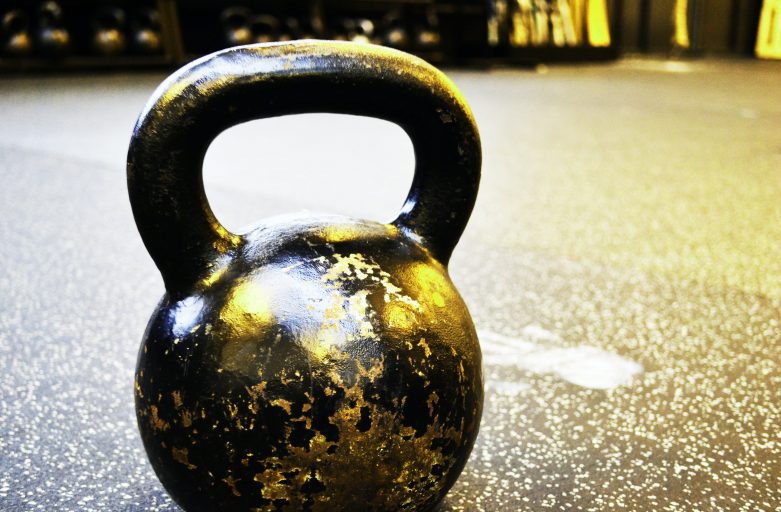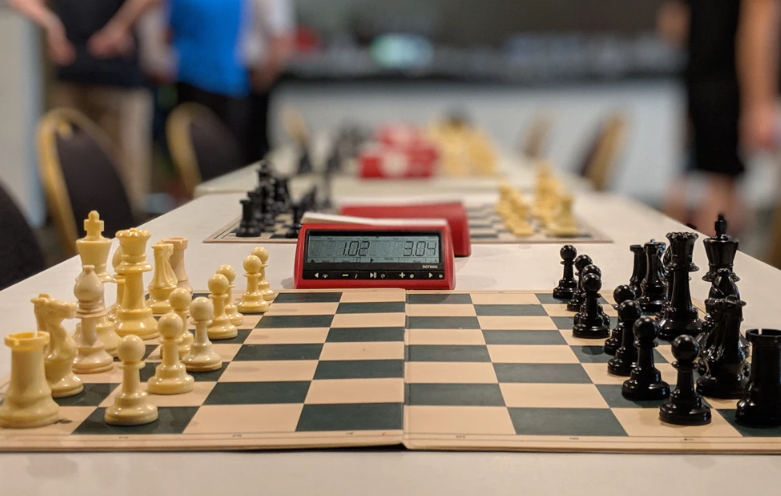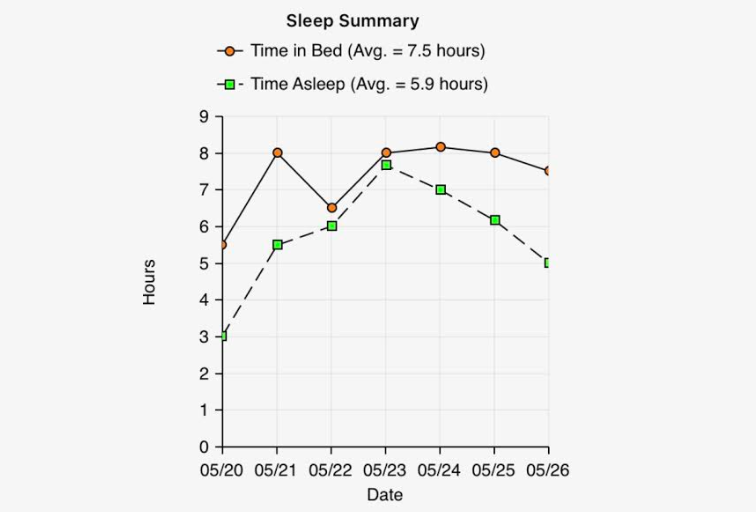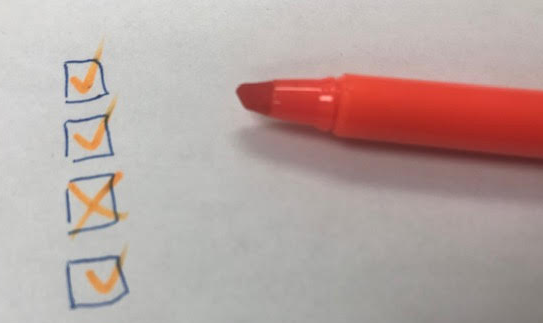The stereotypical chess game is a crazy long drawn out affair where intense people sit across from each other and stare at a board for hours on end, occasionally reaching forward to move a pawn. Most people find this intimidating and… well… boring.
Enter the clock.
Time restrictions can make chess extremely exciting. The purpose of this post is to explain common types of chess games as they relate to time.
Fast Chess
Ignoring the long variant for now, fast chess games are often lumped under three terms:
Rapid chess
Games that last somewhere between 10 and 60min
Blitz chess
Games that last between 5 and 10min
Bullet chess
Games shorter than 5 minutes
You may have seen a chess clock before. It has two clock faces and two buttons. The way it works is simple: when player 1 makes his move he hits the button. This action stops his time from ticking down and starts his opponent’s clock. When his opponent finishes her move and hits her button, player 1’s clock starts to tick down again. The two clocks never run simultaneously.
With time controls like this there are two ways to lose: by checkmate, or if your clock runs out of time.
So HURRY UP.
This structure is often referred to as Sudden Death (SD).
Consider a one minute bullet SD chess game: each player has a total of one minute for all their collective moves. That means the longest the game could possibly last is two minutes. The result? ADRENALIN. Oh, and also horrific chess practices.
Skilled chess artisans seem to advise that learners not get too excited by Bullet or Blitz chess*. When the clocks are flirting with zero, sometimes you can win a game by playing any move faster than your opponent even if it’s a terrible terrible move. This reward system results in messy chaotic chess behaviors where speed can be prioritized over skill.
That said, it is REALLY fun. It’s exciting and thrilling and will get you pumped to play play play. So for all the nay-sayers, there is an emotional value to fast chess and it most certainly helps generate interest in the sport.
With the invention of the digital chess clock, people started refining time restrictions to prevent games from entering sloppy conclusions. Famous American Grand Master Bobby Fischer proposed one of the most commonly used methods: start the clock with a set time, then add additional time after each move.
This incremental style of chess is notated like this:
15 | 10
This means each player has 15 MINUTES on their clock at the beginning of the game but after each move, 10 SECONDS are added to their time. Thus even if your clock falls precipitously in the first part of a game, you can be sure you’ll always have a minimum of 10 seconds to make a decision. This is called Increment Timing or Fischer Timing.
One bizarre side effect of this design is that by moving quickly a player could ADD time to their clock. In a 15 minute game if a player makes the first 6 moves nearly instantly (executing, say, a prescribed well-documented opening) then they’d have 16 minutes left on their clock. This could yield them an advantage later in the game. Alternate timing methods avoid this pitfall:
Bronstein delay: You still get extra time added to the clock after each move, but it will never add more time than you had at the start of your turn. So if you’ve got 25 seconds left, and you only take 1 second to make a move, the Bronstein clock will only add 1 second back onto your clock bringing it back to 25 seconds.
Simple delay: You get extra time per move at the START of each turn. But instead of adding the time onto the clock, the clock doesn’t start ticking down until the extra time has gone by. So if you have a 10 second ‘add’ then your game clock won’t start ticking down until 10 seconds have passed.
Classical Chess
Now let’s circle back to the long form chess referred to as Classical Chess. Games of this variety often combine different timing structures over the course of a game. Here is, for example, the FIDE regulations for the World Championship of Chess:
The time control for each game is 120 minutes for the first 40 moves, followed by 60 minutes for the next 20 moves, and then 15 minutes for the rest of the game with an increment of 30 seconds per move starting from move 61.
FIDE Handbook: regulations for the FIDE World Championship Match 2020
That’s fairly… specific.
This type of time control is common for tournaments and has its roots as one of the first methods of controlling time in chess. By offering banks of time for each set of moves, games could be kept on pace. Early chess masters agreed that letting someone take hours upon hours for a single move wasn’t making the game any more fun for players or for spectators. On top of that, tournaments would drag on FOREVER. Even the World Championship of Chess time controls are lengthy compared to a normal mortal human tournament. Most of those operate within the 30 minute time frame so that a tournament can be completed in a single night.
Lastly, it’s worth noting how much time control has changed and that it will likely continue to change. With the use of computers to aid performance, Classical Chess between the chess super-grand masters seem to be headed towards a pattern of draws, draws, and more draws. The 2018 World Chess Championship had 12 consecutive draws between Magnus Carlson and Fabiano Caruna. Carlson famously opted for an early draw in game 12 to intentionally enter into the rapid tiebreaker portion of the contest where he won handily. It will be fascinating to witness how the chess world adapts as we head down this path.
*From what I’ve learned, most chess powerhouses recommend the 15|10 game format as the shortest game to play if you’re trying to improve your chess critical thinking.
References:
https://www.britannica.com/topic/chess/The-time-element-and-competition
https://en.wikipedia.org/wiki/Chess_clock
FIDE Handbook: regulations for the FIDE World Championship Match 2020
Extra Fun Bonus:
In that 2018 World Champion Chess Tournament if the draws kept going past the Classical Chess and through Rapid chess, the competitors would then play blitz. If the blitz games were still a draw then they would play a very unique time variant:
Armageddon. In Armageddon white has 5 minutes on the clock but black only has 4 minutes. Both players may get an increment (like 3 seconds per move after the 61st as was the case in 2018). But if the game falls to a draw, black is declared the winner because they had less time at the start.
How clever!



